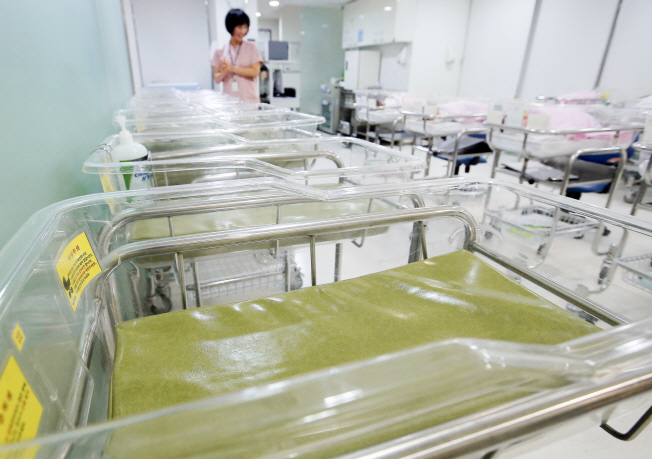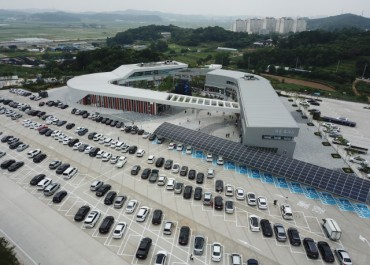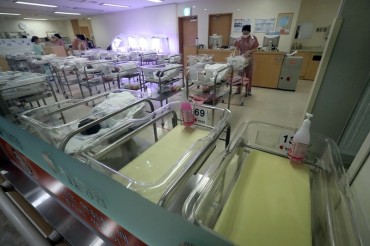SEOUL, Aug. 14 (Korea Bizwire) — A new survey has found that due to the nation’s low birth rates since the early 1980s, the country’s overall population will continue to decline even if birth rates in the future increase.
According to a new report released by the Korea Institute for Health and Social Affairs, South Korea’s population is expected to halve from 51 million in 2015 to 25.8 million in 2115, a decrease of 25.2 million people.
Even under the assumption that the total fertility rate (the average number of children that a woman has during her reproductive years) will rise to 2.1 in 2045, which is the level of population replacement, this means that the population as a whole will continue to fall.
Under such circumstances, the population in 2115 will only be 72 percent of that in 2015, an indication that South Korea will be experiencing a social phenomenon known as “population momentum.”
“Population momentum” is a state in which the population continues to decline even after population replacement level is achieved.
With low birthrates having continued for over 30 years, the overall population will continue to slow down even if birthrates were to see a spurt, as the ratio of reproductive females would fall.
According to the report, if birthrates do not pick up over a long period, the “population momentum” phenomenon will affect the overall population of the nation, intensifying the decrease.
“The population decrease would be accompanied by a growing elderly demographic, which would make it more difficult to tackle population-related issues,” said the report.
The report concluded that a shift in paradigm is needed to better manage the decreasing population and the issues that may arise from it.
H. S. Seo (hsseo@koreabizwire.com)







